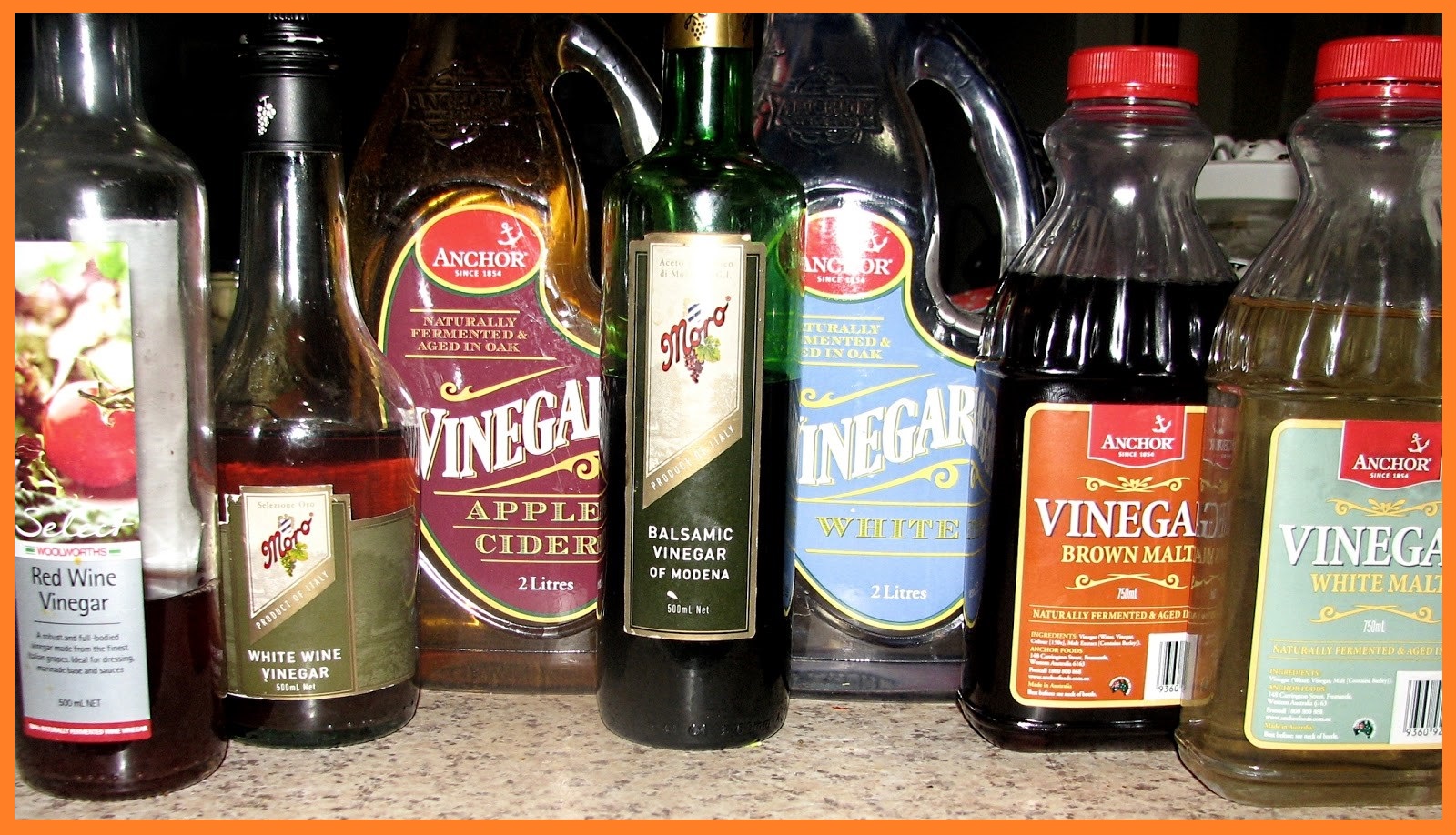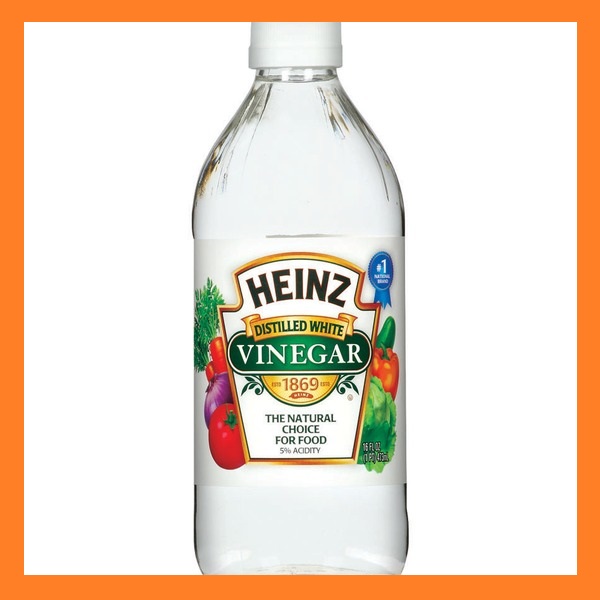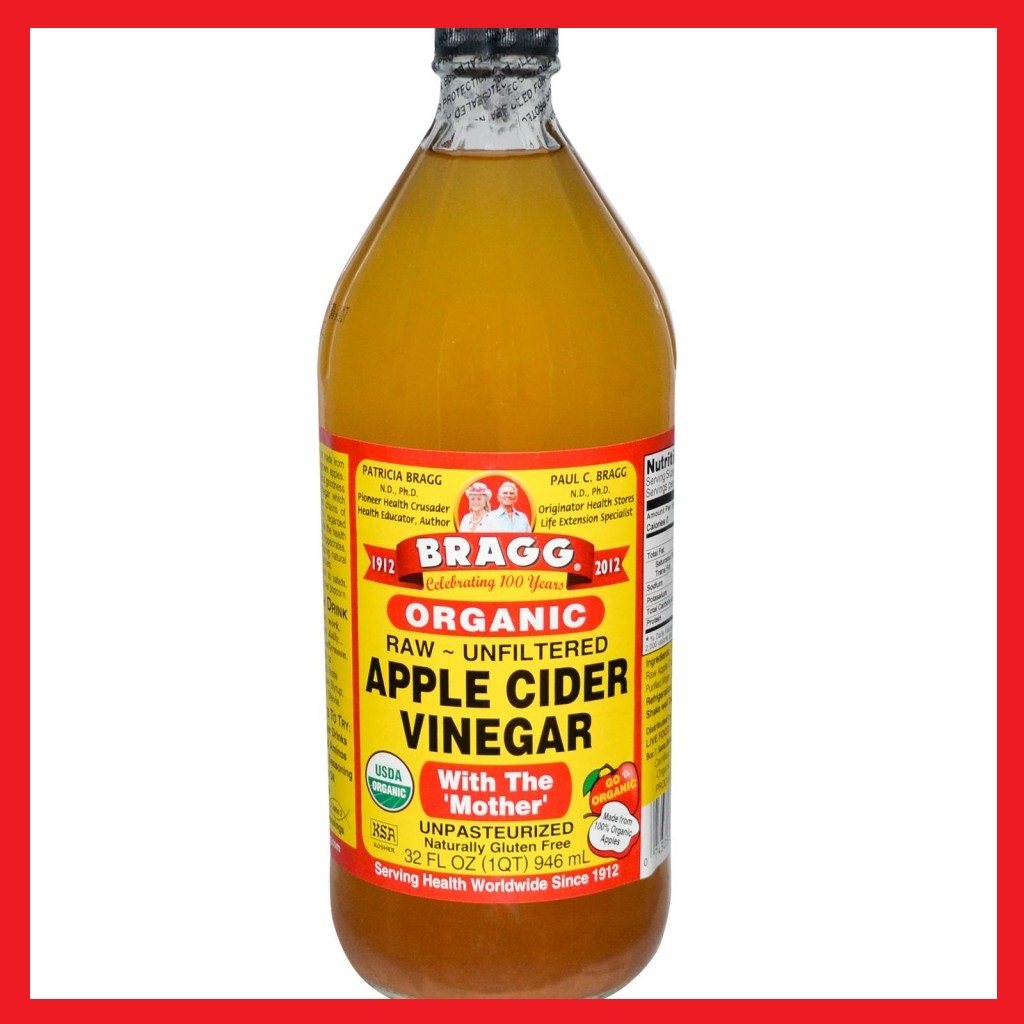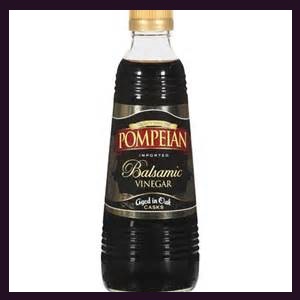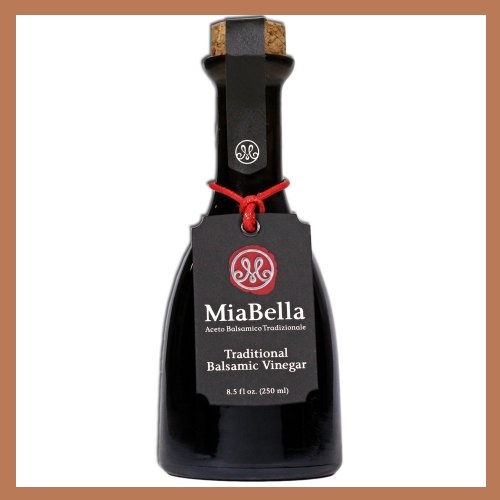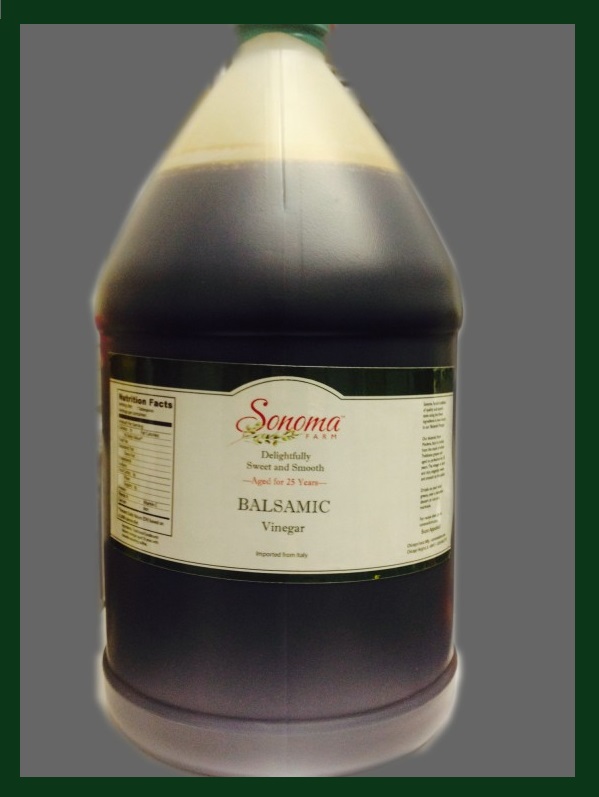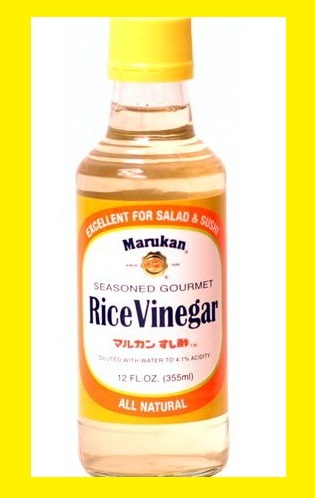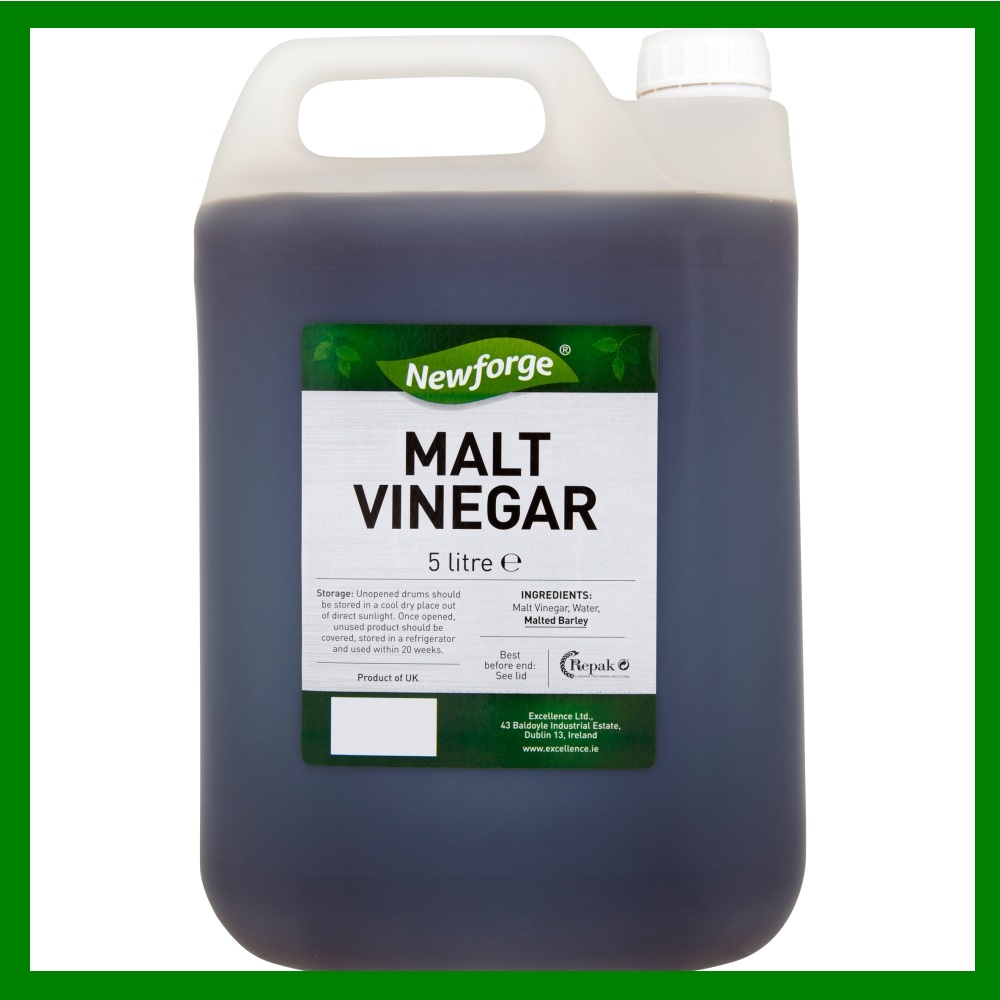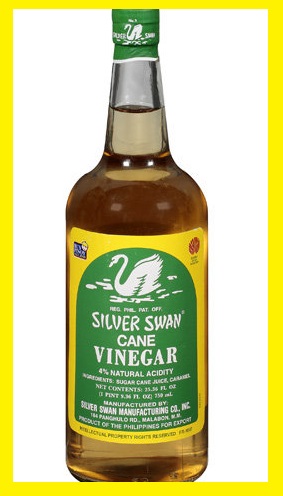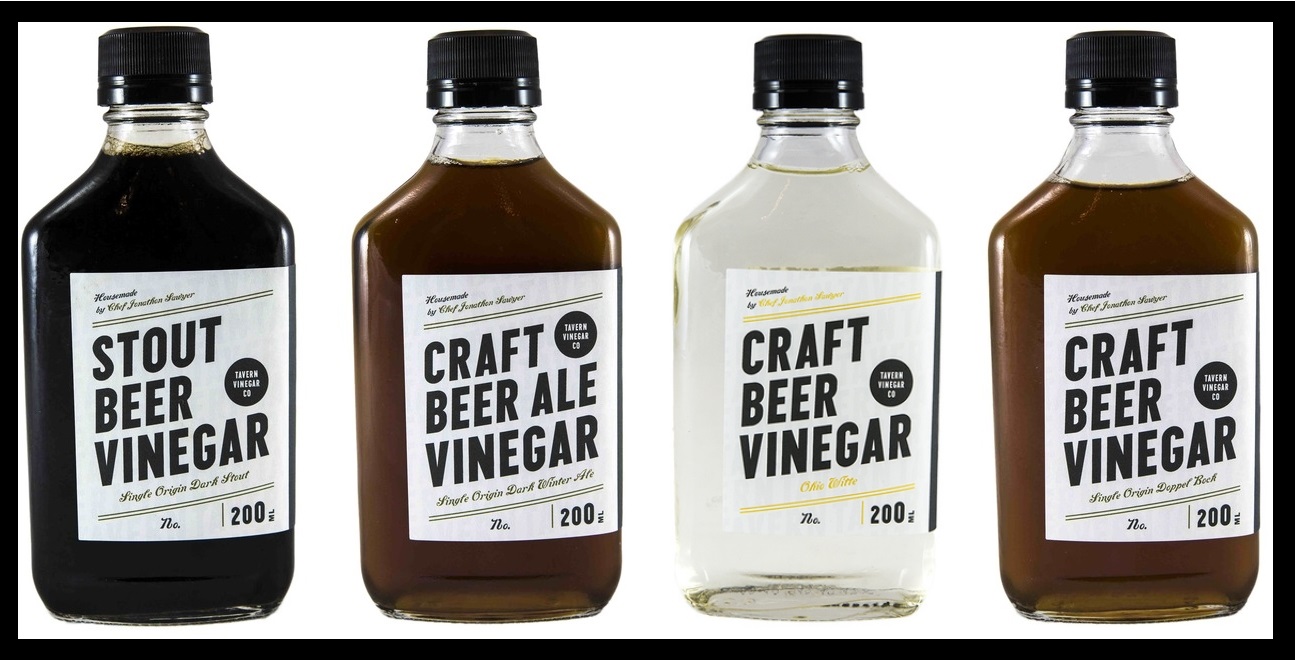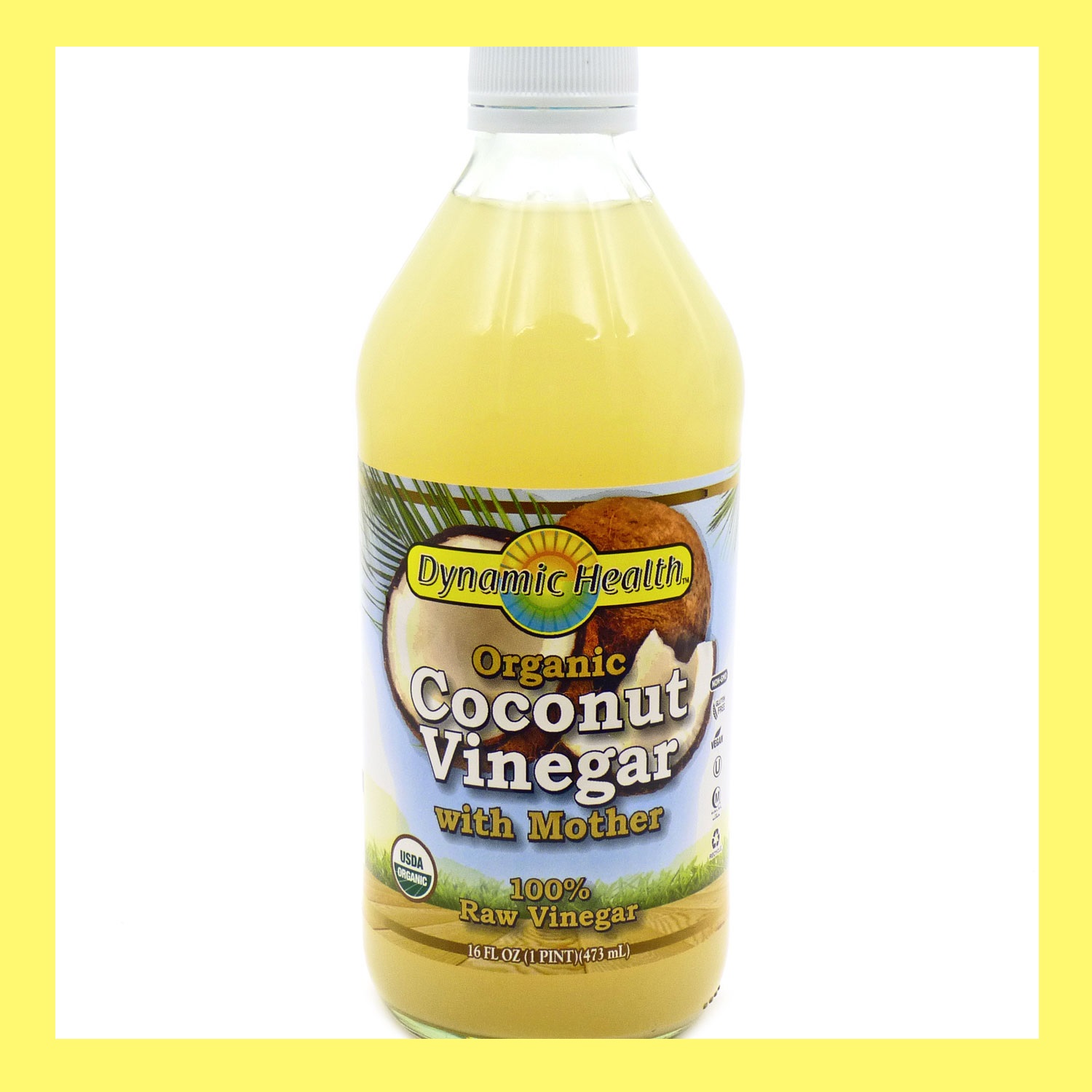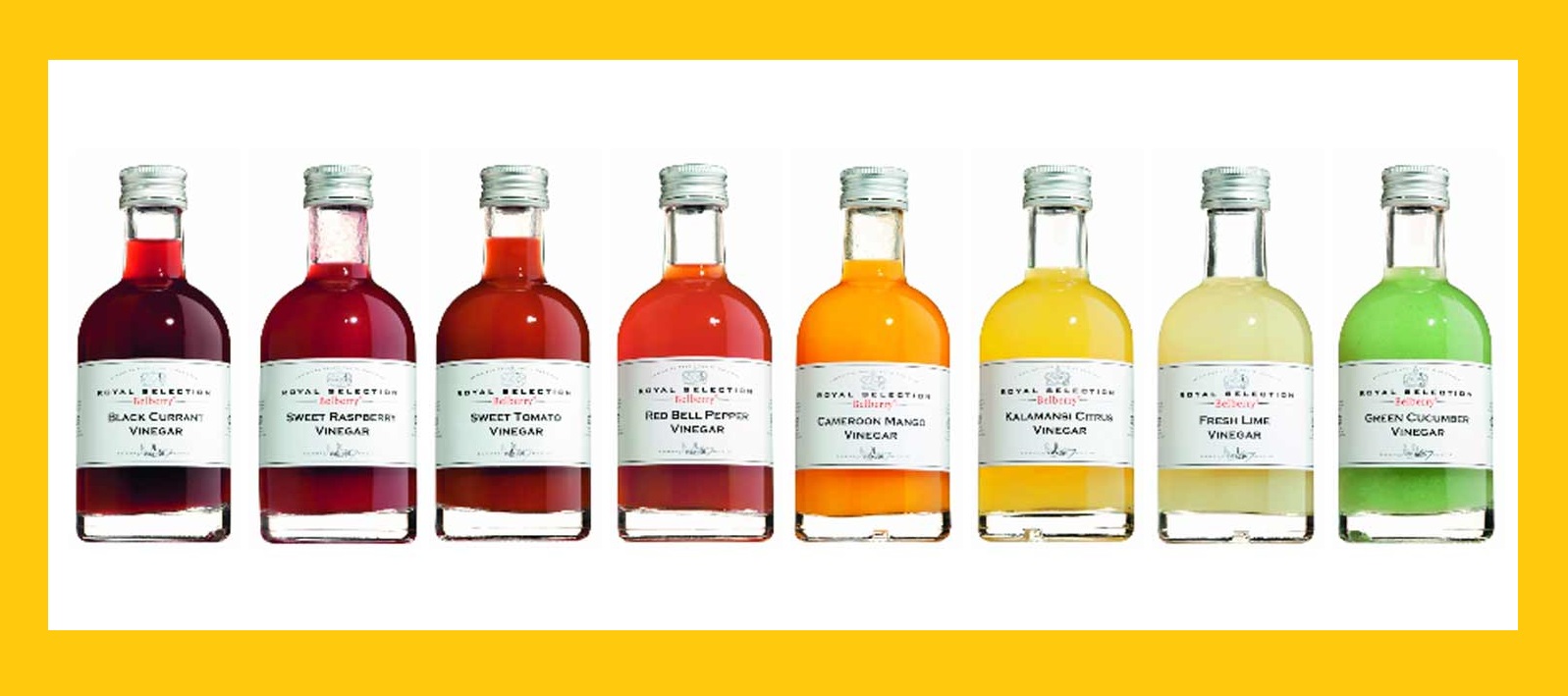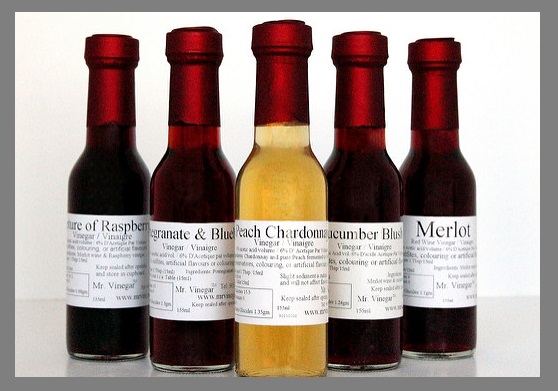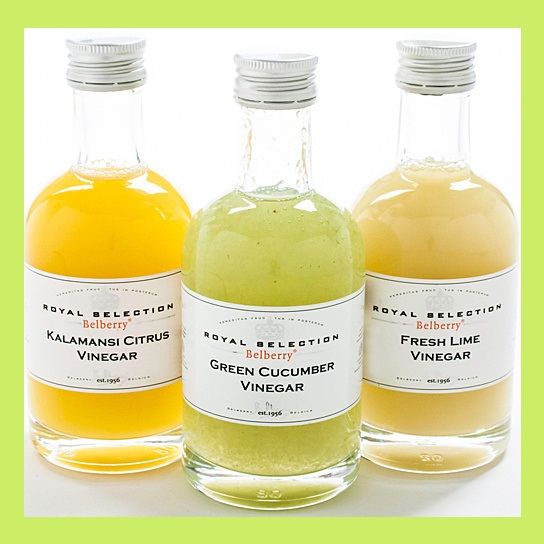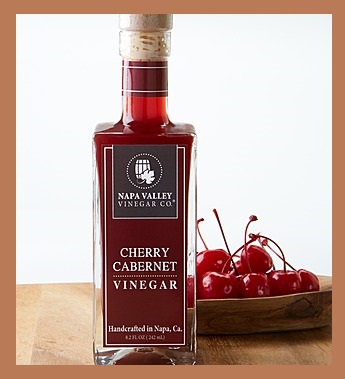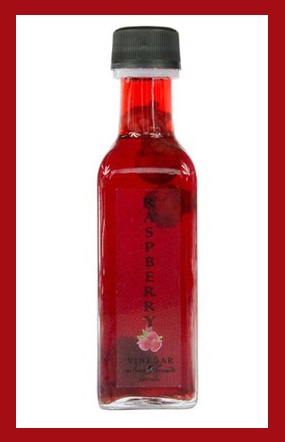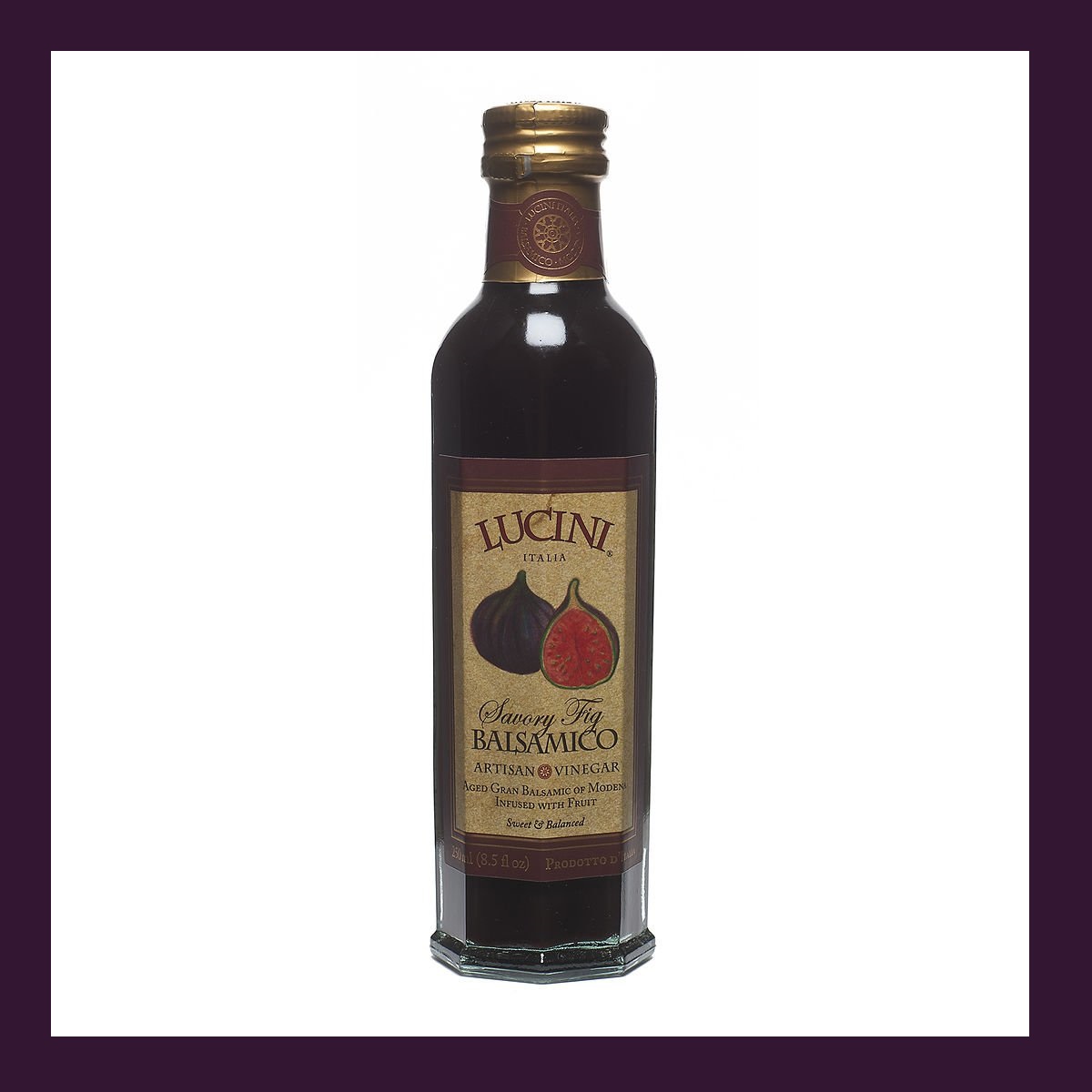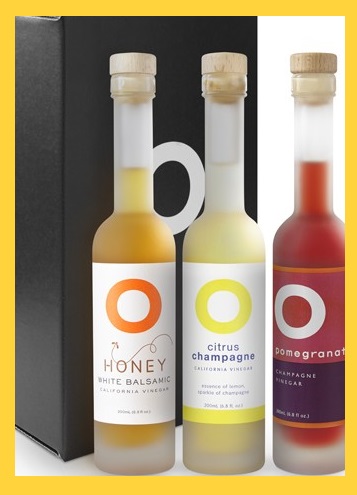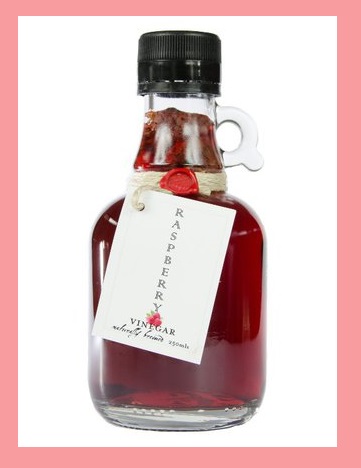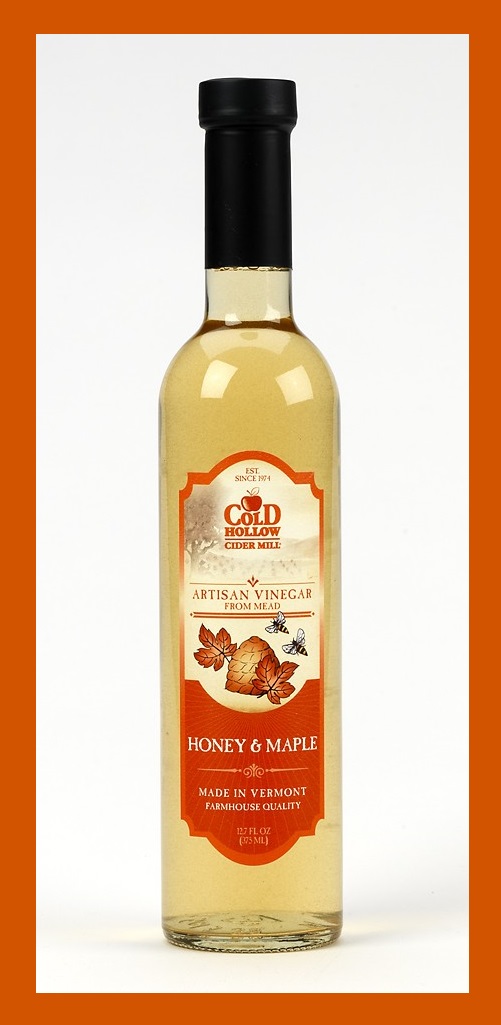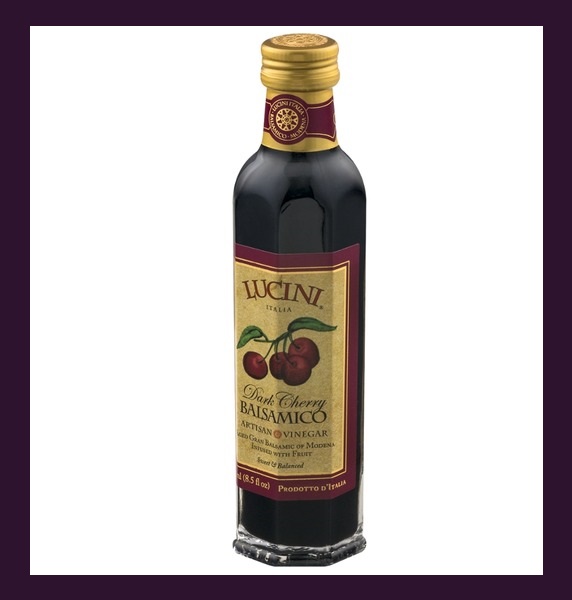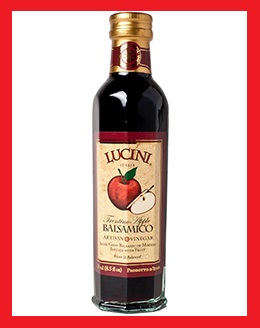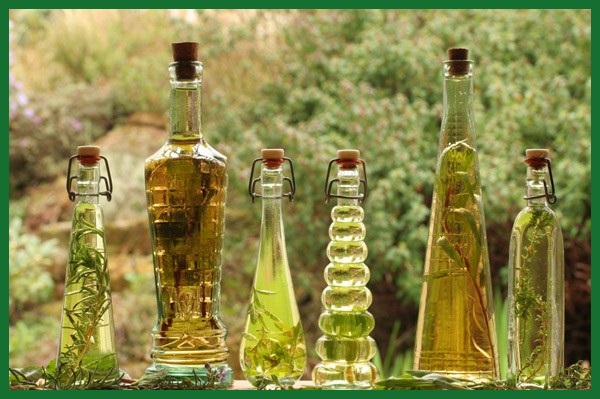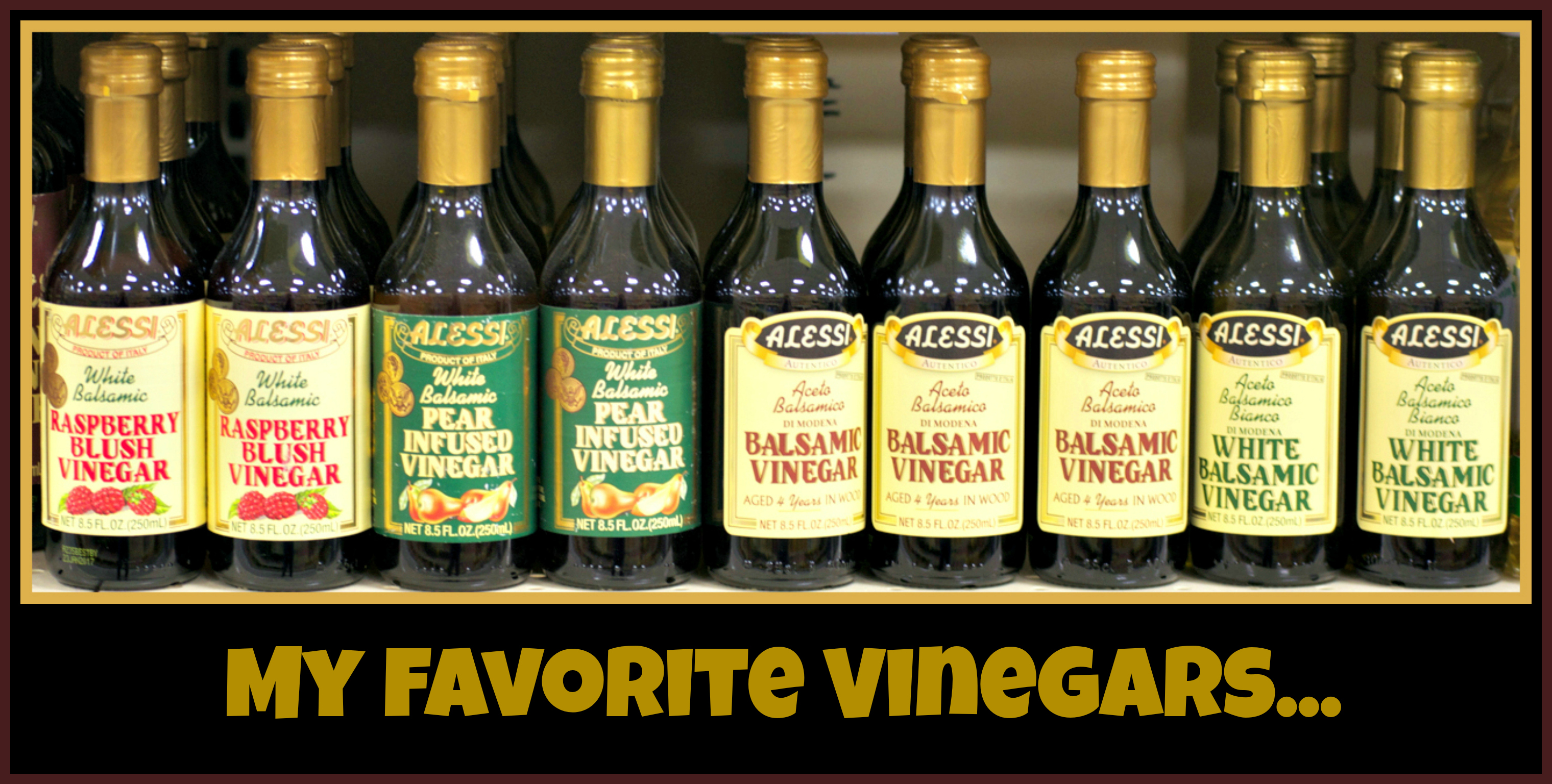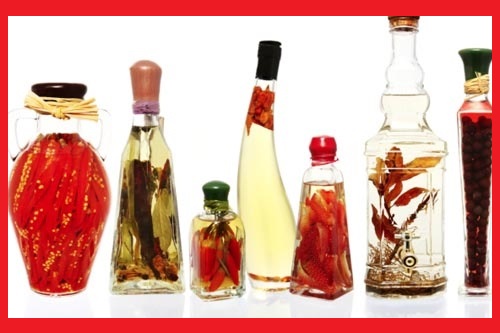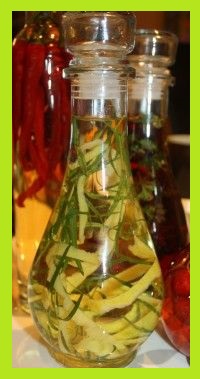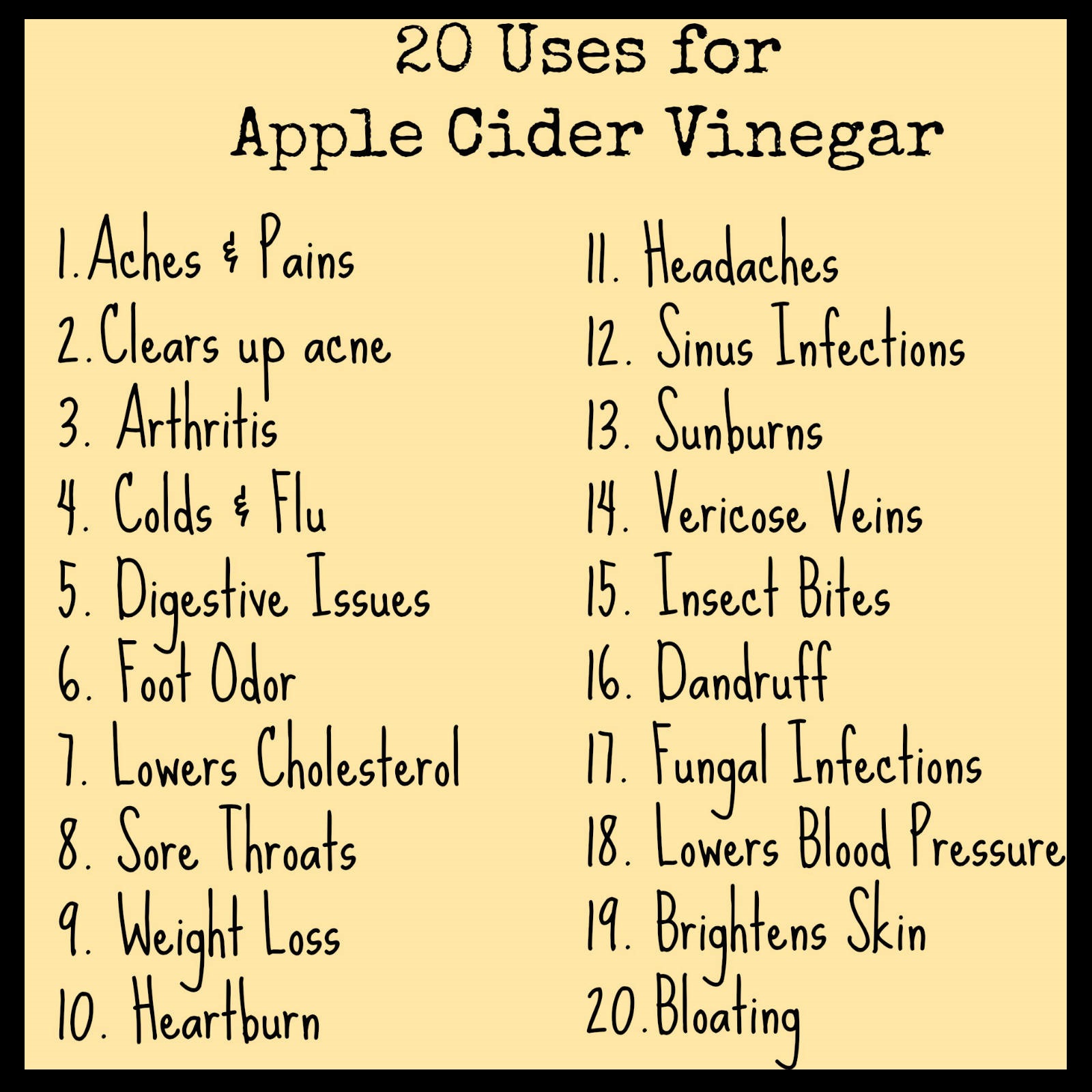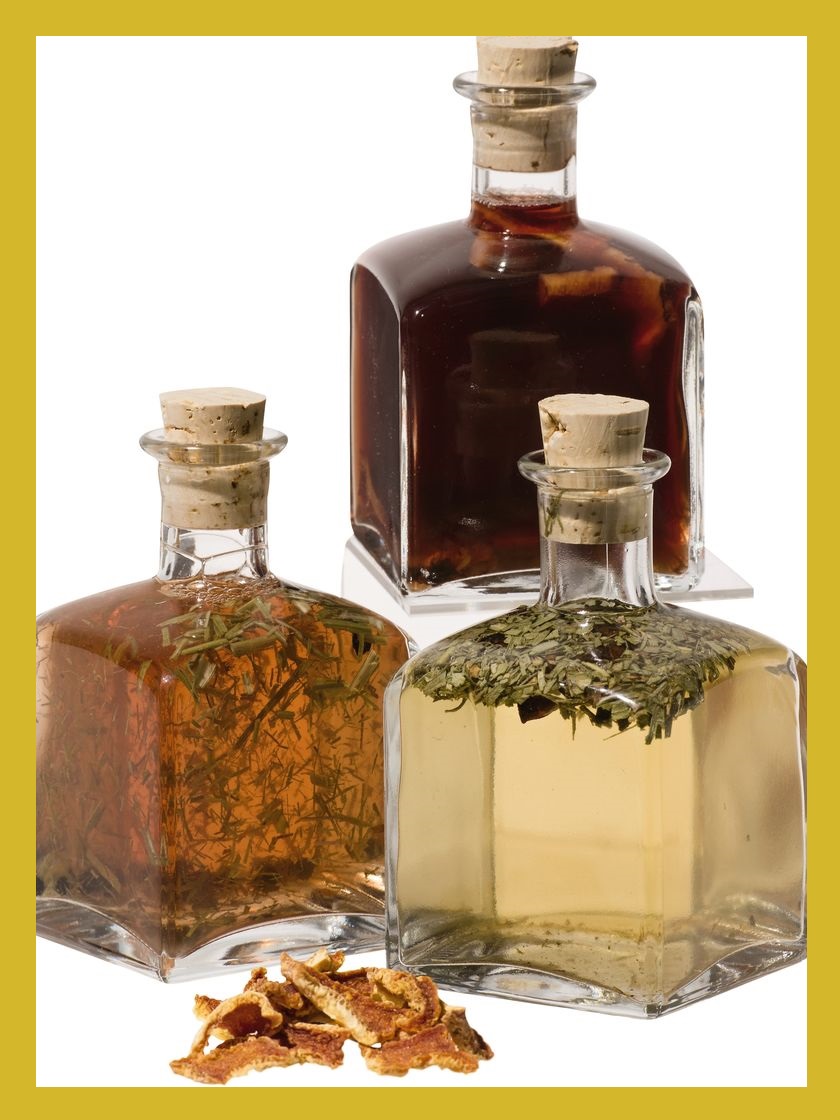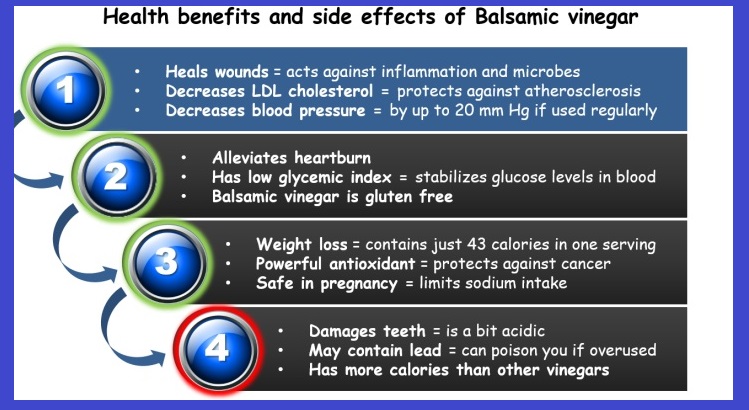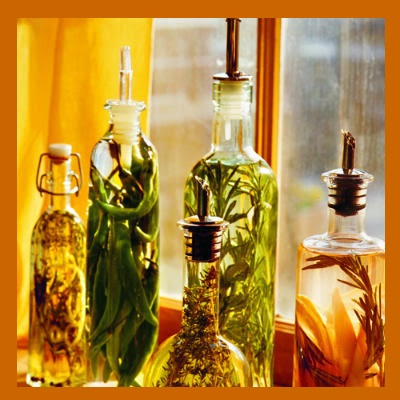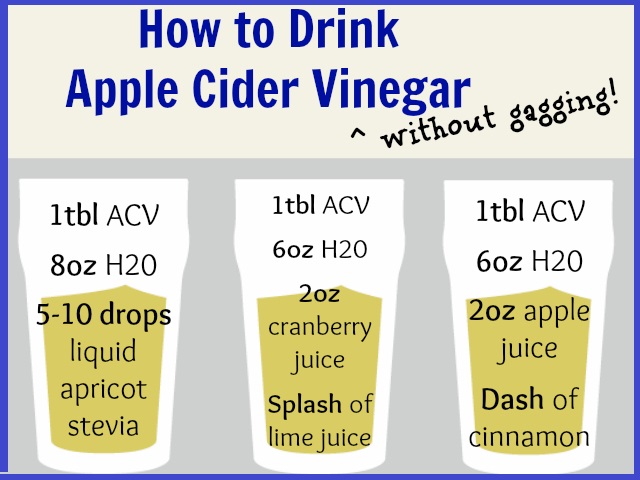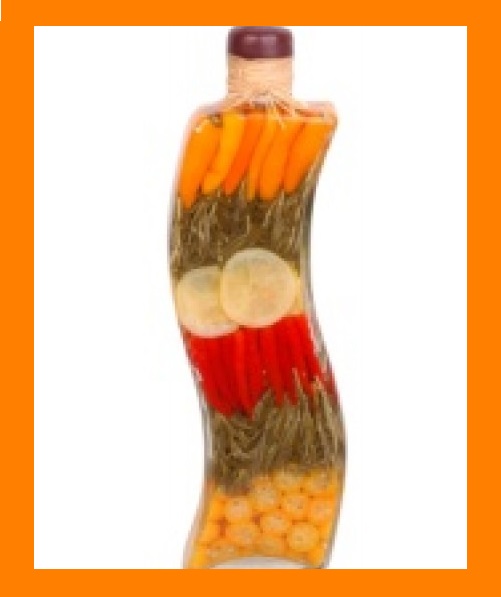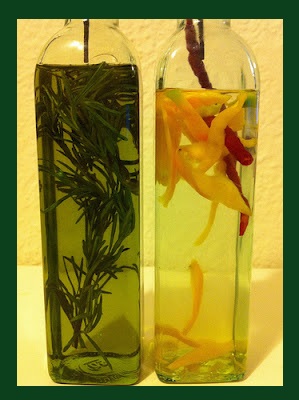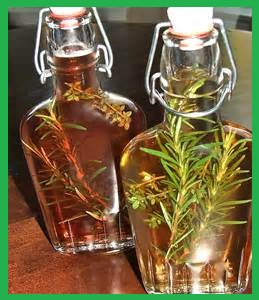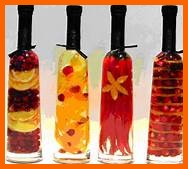VINEGAR
WHAT IS VINEGAR?
DIFFERENT TYPES OF VINEGAR
White Vinegar
Apple Cider Vinegar
Wine Vinegar
Balsamic Vinegar
Traditional balsamic
Commercial balsamic
Rice Vinegar
Malt Vinegar
Cane Vinegar
Beer Vinegar
Coconut Vinegar
Raisin Vinegar
Different Artisan Vinegars
USES FOR VINEGAR IN THE KITCHEN
- Meat tenderizer: Vinegar’s acid helps break down muscle fibers in tough meats. Make a mixture of half vinegar and half broth, and soak tough meat in this solution for up to two hours. (Because of vinegar’s ability to tenderize, never leave fish in a marinade that contains vinegar for longer than 20 minutes; otherwise the fish might get mushy.)
- Fish poacher: When poaching fish, put a tablespoon of vinegar in the poaching water to keep the fish from falling apart. Vinegar helps the protein in the fish coagulate, and mushiness isn’t a problem because fish is usually poached for less than 20 minutes.
- Egg saver: Put a tablespoon of vinegar in the water when boiling eggs. If any eggs crack while dancing in the water, their whites will coagulate and not escape from the shells.
- Buttermilk stand-in: When a recipe calls for buttermilk and you have none, substitute plain milk and add a little vinegar. Use one tablespoon of vinegar per cup (eight ounces) of milk. Let stand 10 to 15 minutes at room temperature until it thickens, then use it in your recipe as you would buttermilk. Choose mild-flavored vinegar, such as apple cider vinegar, for this purpose.
- Candy smoother: When making homemade candy and icing, a few drops of vinegar will prevent the texture from getting grainy.
- Potato whitener: Cover peeled potatoes with water and a tablespoon or two of vinegar to keep them from browning.
- Food preserver: Use vinegar to make pickles or to can vegetables to preserve the freshness of your garden or local farm stand. The U.S. Department of Agriculture (USDA) publishes up-to-date information about pickling, canning, and preserving. These instructions will yield tasty pickles and home-canned products that are safe to eat.
INFUSED VINEGAR
WHAT IS INFUSE VINEGAR
Herb infused vinegar’s are easy to make and bring a lot of flavor to any kitchen. Make them by simply pouring vinegar over a big handful of fresh herbs and letting it steep. Choose apple cider, white wine, white balsamic, and other good quality vinegar’s as your base. Simple white vinegar will be difficult to improve much no matter how many herbs you pack in. It’s best to make your initial infusion in a large Mason jar then strain out the herbs when pouring into a sterilized vinegar bottle. The herbs will start to flavor the vinegar in just 24 hours, but it will become more prominent after a few weeks. Let your sense of taste be your guide when determining if it is ready or not. Feel free to add a few herbs to the bottles to give it that homemade look, but they are best strained out after a month or so to prevent spoiling.
ADDITIONAL INFORMATION

